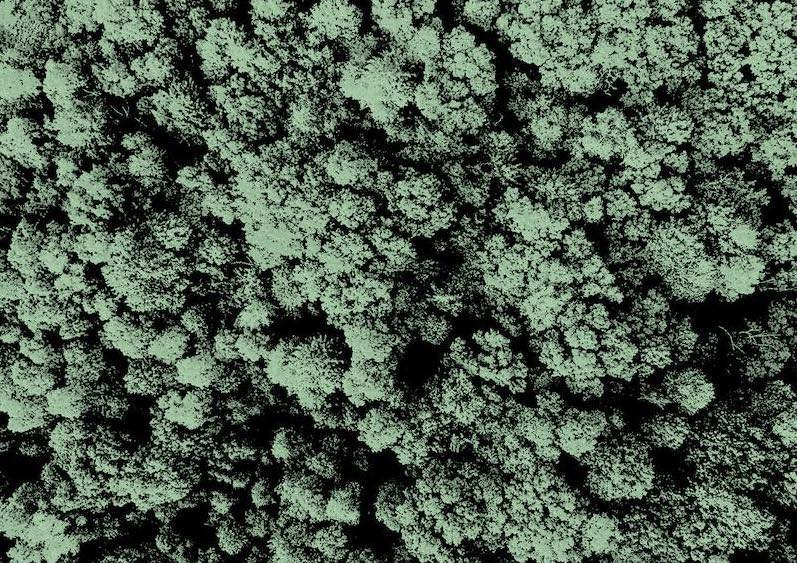What is it about?
Novel pressure-induced and/or enhanced phenomena, including superconductivity, have been discovered under high pressure. We have developed a “built-in gasket” for the Bridgman-type opposed-anvil high-pressure cell, featuring a PTFE capsule of ϕ 2.0 (1.5) × 2.5 mm, filled with a liquid pressure-transmitting medium. This gasket, comprising a stainless-steel plane disk, a stainless-steel support ring, and pyrophyllite support gaskets, has enhanced the sample space height, allowed for precise adjustment of the anvil top area, and facilitated easy electrical insulation of lead wires. We calibrated the pressure by detecting phase transitions in Bi and Sn through resistivity measurements up to 9.4 GPa with this cell. Our analysis of the deformation of the gasket components under force has provided guidelines for effective pressurization.
Featured Image

Photo by Yasin Arıbuğa on Unsplash
Why is it important?
The Bridgman-type opposed-anvil cells offer high pressure efficiency and small body size, making it promising for various experiments in combination with superconducting magnets and cryogenic devices. However, the axial pressure significantly shortens the sample space, and shear/tensile stress from the outward radial flow frequently causes failures in the gasket disk or lead wires. The developed built-in gasket easily aligns the loading center and insulates lead wires, which has successfully reduced the failures. Additionally, pressure in an enclosed liquid medium is transmitted equally in all directions, which can cause the sample to blow out from a weakened point in the gasket, necessitating advanced sealing techniques compared to using a solid medium. The PTFE capsule filled with a liquid pressure transmitting medium can provide nearly hydrostatic pressure, which is advantageous for studying intrinsic physical properties. The analysis of the deformation of the gasket components under force will be useful in future device development.
Perspectives

The built-in gasket and the new Bridgman-type opposed-anvil cell will make 10 GPa-class high-pressure experiments more accessible. This gasket is easy to modify, allowing for the adjustment of the pressurizing area and the insertion of metal gaskets made of various materials. I hope that they will be widely used like the piston cylinder cells and the diamond anvil cells in the future.
Akihiko Hisada
Read the Original
This page is a summary of: Development of a new Bridgman-type high-pressure cell by using built-in gasket up to 9.4 GPa and evaluation of deformation, Review of Scientific Instruments, December 2024, American Institute of Physics,
DOI: 10.1063/5.0231811.
You can read the full text:
Contributors
The following have contributed to this page







